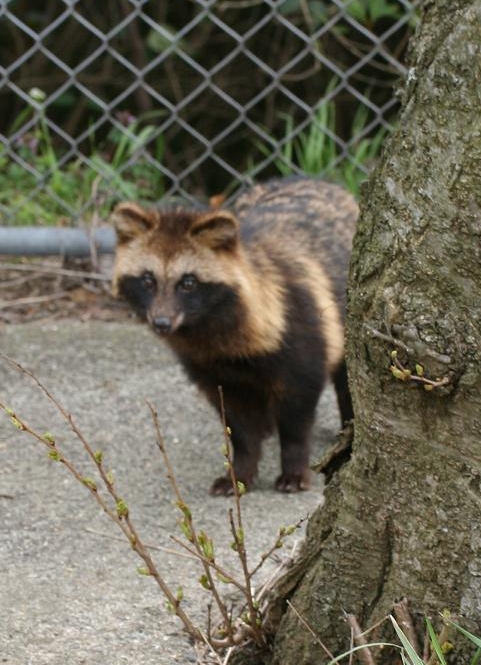Facts About Japanese raccoon dog
The Japanese raccoon dog, commonly known as the tanuki, is a distinct subspecies of the Asian raccoon dog. There is an ongoing debate among researchers about whether it should be classified as its own species, N. viverrinus, or divided into subspecies like N. p. procyonoides and N. p. albus. What is indisputable, however, is its significant cultural role in Japanese folklore and art, where it is renowned for its playful and shapeshifting antics.
In terms of behavior, tanukis are primarily nocturnal but can also be active during the day. They produce sounds similar to those of domesticated cats and usually form monogamous pairs, mating for life. Their breeding season takes place between February and April, with litters usually comprising 4-6 pups.
From a scientific standpoint, some scholars argue that the Japanese raccoon dog should be considered a distinct species due to its unique characteristics. In terms of conservation, the species is listed as "Least Concern" by the IUCN, thanks to its wide distribution and large population in Japan. However, in Europe, they are considered invasive and are often hunted.
Raccoon dogs are rarely found in zoos, with only a few accredited facilities housing them. In Japanese culture, tanuki have a storied history in legend and folklore, often portrayed as supernatural beings known as bake-danuki. They frequently appear in various forms of Japanese popular culture, including video games, films, and novels.
